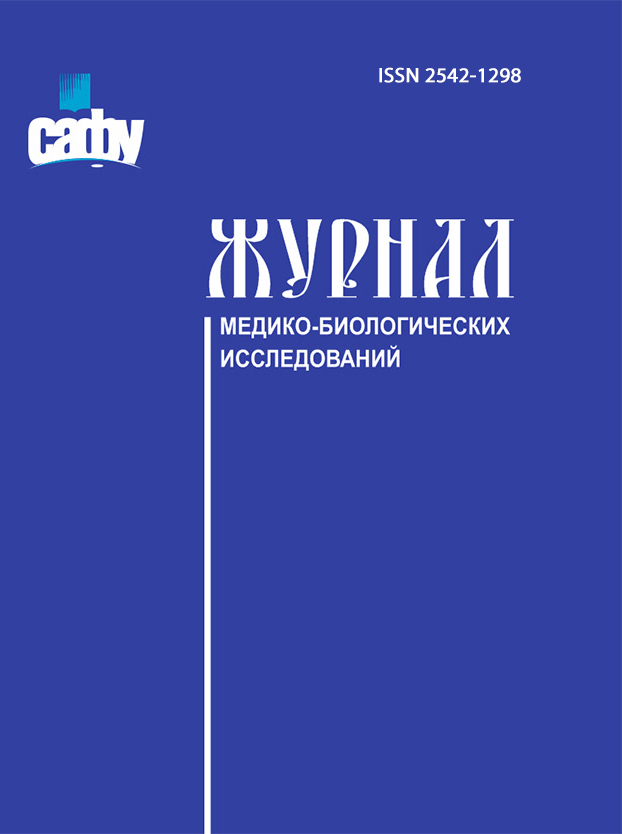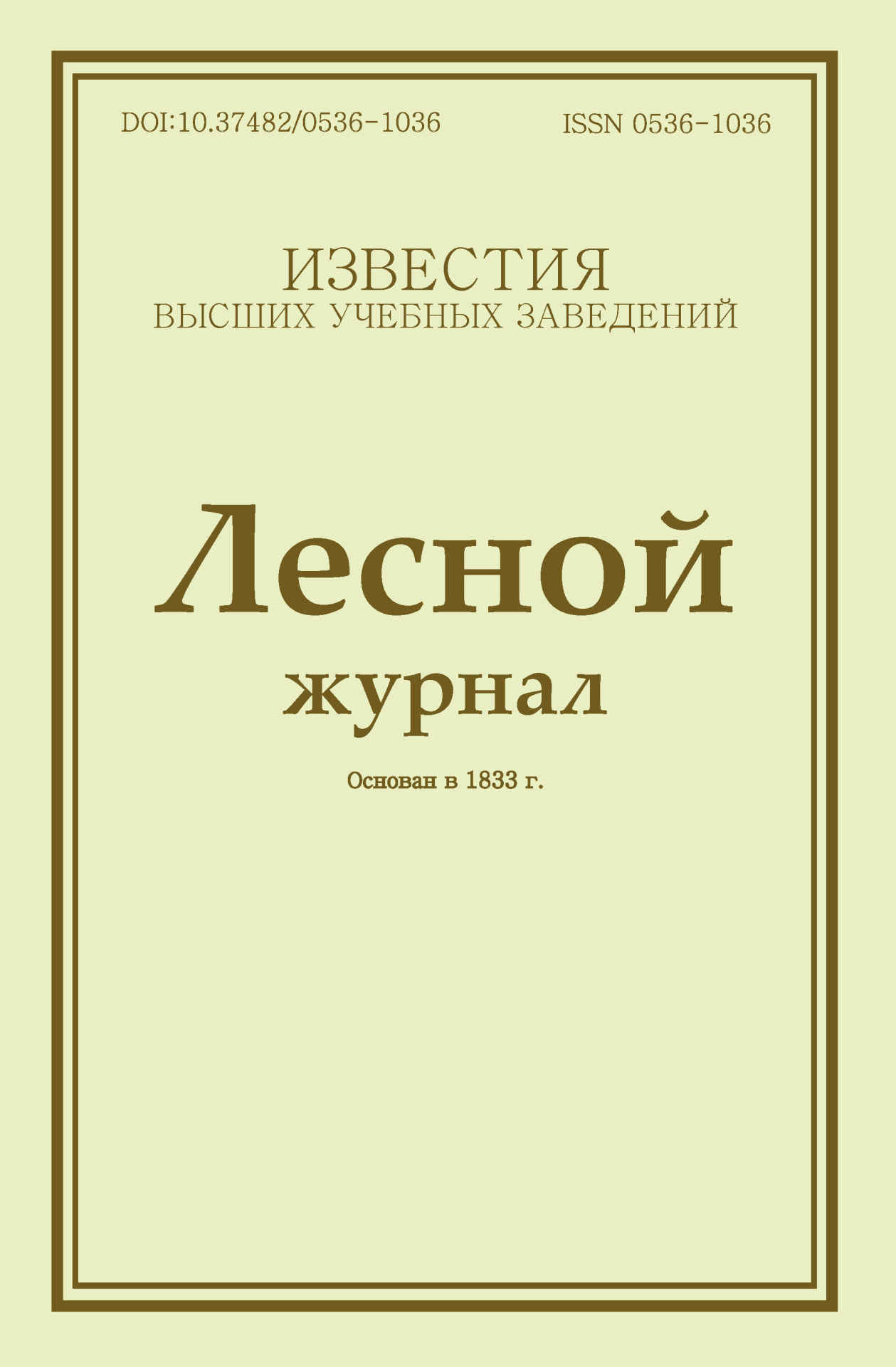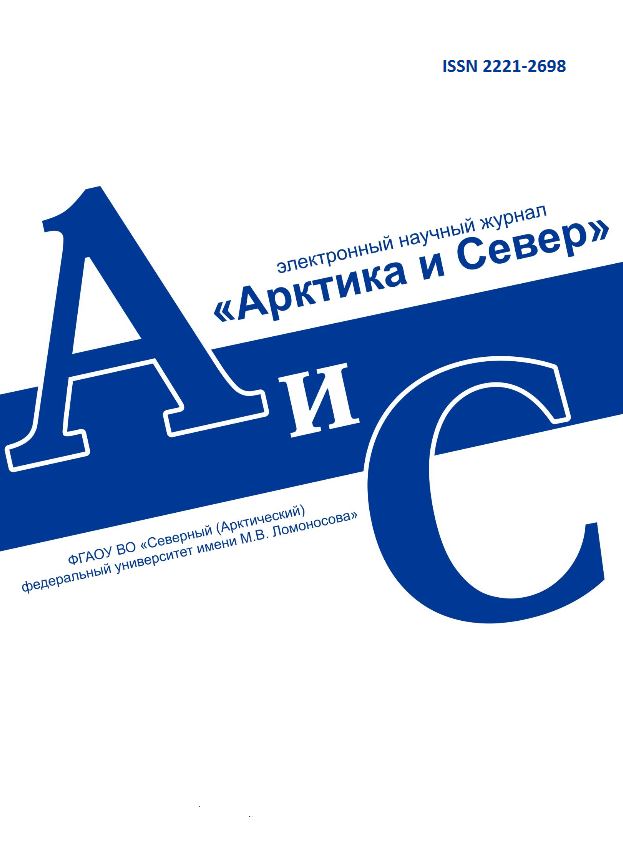
 

Legal and postal addresses of the founder and publisher: Northern (Arctic) Federal University named after M.V. Lomonosov, Naberezhnaya Severnoy Dviny, 17, Arkhangelsk, 163002, Russian Federation
Editorial office address: Vestnik of Northern (Arctic) Federal University. Series "Humanitarian and Social Sciences", 56 ul. Uritskogo, Arkhangelsk
Phone: (8182) 21-61-20, ext. 18-20
E-mail: vestnik_gum@narfu.ru
https://vestnikgum.ru/en/
|
The Phenomenon of “Blue-Green” Animals in the Yakut Language: Origin and Semantics. С. 77-86
|
 |
Section: Linguistics
Download
(pdf, 0.4MB )
UDC
81ʼ37:811.512.157
DOI
10.37482/2687-1505-V436
Abstract
It is of interest for many linguists that in some languages animal coloration is described by colour terms that seem unusual at first glance, e.g. zelen konj in Serbian, голубой песец in Russian and blue fox in English, as there are no green horses or blue arctic foxes in nature. This issue is also relevant for the Yakut language, where not only horses (күөх бороҥ ат) and arctic foxes (күөх кырса) are associated with the blue-green colour through the colour term күөх ‘blue/green’, but also wolves (күөх бөрө), bulls/cows (күөх оҕус/ынах), squirrels (күөх тииҥ) and, presumably, the Yakut “green fox” (саһыл ‘fox’ < Old Turkic jašїl ‘green’). In order to explain the phenomenon, the author examined these lexical units using various linguistic research methods (lexicographic, component, cognitive and etymological analyses) and correlated them with objects of reality in synchrony and diachrony. Preliminary results demonstrate that in the cases under consideration, the Yakut colour term күөх expresses not a solid blue/green colour, but rather a grey shade of a complex, uneven coloration, which can be explained etymologically as a result of the complex semantic evolution of the syncretic Proto-Turkic *gȫk ‘sky; any colour of the sky; green, light blue, blue, blue-grey’. When it comes to the Yakut fox, it is probably “green” due to the fading of the green colour (light green – yellow-green – yellow – yellow-grey), similar to the colour of withered grass when animal fur is compared to grass.
Keywords
colour terms, blue-green spectrum, “blue-green” animals, zoonyms, semantic evolution, Yakut language, Turkic languages
References
- Ivić M. O zelenom konju. Novi lingvistički ogledi. Belgrade, 1995. 334 p.
- Racheva M. Eshche raz o “zelenom kone” [Once Again About the “Green Horse”]. Varbot Zh.Zh., Zhuravlev A.F., Kurkina L.V., Petleva I.P., Toporov V.N. (eds.). Etimologiya. 2000–2002 [Etymology. 2000–2002]. Moscow, 2003, pp. 80–109.
- Stachowski M. Is the Yakut Fox Green?, or Remarks on Some Color Names in Turkic, Uralic, and Yeniseic. Górnikiewicz J., Grzmil-Tylutki H., Piechnik I. (eds.). En quête de sens. Études dédiées à Marcela Świątkowska. Kraków, 2010, pp. 539–548.
- Baskakov N.A. Tyurkskaya leksika v “Slove o polku Igoreve” [Turkic Words in The Tale of Igor’s Campaign]. Moscow, 1985. 207 p.
- Tenishev E.R., Dybo A.V., Kormushin I.V. Sravnitel’no-istoricheskaya grammatika tyurkskikh yazykov. Leksika [Comparative Grammar of Turkic Languages. Vocabulary]. Moscow, 2001. 604 p.
- Şirin User H. Köktürk ve Ötüken Uygur Kağanlığı yazıtları. Söz varlığı incelemesi. Konya, 2009. 548 p.
- Josserand M., Meeussen E., Majid A., Dediu D. Environment and Culture Shape Both the Colour Lexicon and the Genetics of Colour Perception. Sci. Rep., 2021, vol. 11, no. 1. Art. no. 19095. https://doi.org/10.1038/s41598-021-98550-3
- Hardy J.L., Werner J.S., Regier T., Kay P., Frederick C.M. Sunlight Exposure Cannot Explain “Grue” Languages. Sci. Rep., 2023, vol. 13, no. 1. Art. no. 1836. https://doi.org/10.1038/s41598-023-28280-1
- Kul’pina V.G. Lingvistika tsveta: Terminy tsveta v pol’skom i russkom yazykakh [Linguistics of Colour: Colour Terms in Polish and Russian]. Moscow, 2001. 470 p.
- Rakhilina E.V. Kognitivnyy analiz predmetnykh imen: semantika i sochetaemost’ [Cognitive Analysis of Object Names: Semantics and Collocation]. Moscow, 2008. 416 p.
- Malysheva N.V., Bozhedonova A.E., Vasilyeva A.P. Comparative and Historical Aspect of Yakut Vocabulary of Common Names of Animal Body Parts. J. Sib. Fed. Univ. Humanit. Soc. Sci., 2019, vol. 12, no. 7, pp. 1163–1173. https://doi.org/10.17516/1997-1370-0357
- Malysheva N.V., Starostina Ya.E. Naimenovaniya domashnikh zhivotnykh v yakutskom yazyke i drevneuygurskikh pis’mennykh pamyatnikakh XI v. (sravnitel’no-istoricheskiy aspekt) [Names of Domestic Animals in the Yakut Language in a Comparative and Historical Aspect with Languages of Ancient Uighur Written Monuments of XI Century]. Vestnik Udmurtskogo universiteta. Ser.: Istoriya i filologiya, 2019, vol. 29, no. 2, pp. 306–314.
- Khabtagaeva B. Etymological Notes on Yakut Color Terms. Int. J. Eurasian Linguist., 2020, vol. 1, no. 2, pp. 249–267. https://doi.org/10.1163/25898833-12340016
- Chivarzina A.I. Sistema tsvetooboznacheniy v balkanoslavyanskikh yazykakh v sopostavlenii s albanskim i rumynskim (etnolingvisticheskiy aspekt) [The System of Colour Terms in the Balkan Slavic Languages Compared to Albanian and Romanian (Ethnolinguistic Aspect): Diss.]. Moscow, 2022. 223 p.
- Klyashtornyy S.G., Savinov D.G. Stepnye imperii drevney Evrazii [The Steppe Empires of Ancient Eurasia]. St. Petersburg, 2005. 346 p.
- Pansat Zh.M., Mamayeva G.B., Alkaya E. Mytholinguistic Characteristics of the Words “Kök Tengri”, “Kök buri”, “Kök turk”. Turkic Stud. J., 2023, vol. 5, no. 3, pp. 146–160 (in Kazakh). https://doi.org/10.32523/2664-5157-2023-3-146-160
- Prokop’eva A.K. Semanticheskaya struktura slov kүөkh/kök ‘zelenyy, goluboy’ v yakutskom i altayskom yazykakh [Semantic Structure of the Words күөх/кöк ‘green, blue’ in the Yakut and Altai Languages]. Uluslararasi Yakutça araştirmalari. Ankara, 2021, pp. 159–163.
- Muratova R.T. Genesis, Evolution and Semantics of the Color Terms kük ‘Blue’, zäŋgär ‘Sky Blue’, jäšel ‘Green’ in the Bashkir Language. Sib. J. Philol., 2021, no. 1, pp. 224–238 (in Russ.). https://doi.org/10.17223/18137083/74/17
- Abzhaparova M.D., Shirobokova N.N. Development and Semantics of the Coloronyms kөk and kök in Kazakh and Altaic Languages. Vestnik NGU. Ser.: Lingvistika i mezhkul’turnaya kommunikatsiya, 2020, vol. 18, no. 4, pp. 45–57 (in Russ.). https://doi.org/10.25205/1818-7935-2020-18-4-45-57
- Shcherbak A.M. Nazvaniya domashnikh i dikikh zhivotnykh v tyurkskikh yazykakh [Names of Domestic and Wild Animals in the Turkic Languages]. Istoricheskoe razvitie leksiki tyurkskikh yazykov [Historical Development of the Vocabulary of the Turkic Languages]. Moscow, 1961, pp. 82−172.
- Dubrovskaya N., Normanskaya J. The Turkic Colour Term kӧk ‘Blue-Green’. The Evolution of Its Semantics and Its Impact on the System of Colour Terms in the Contact Languages. Turkic Lang., 2020, vol. 24, no. 1, pp. 10–29. https://doi.org/10.13173/TL/2020/1/10
- Burykin A.A. O nekotorykh nazvaniyakh dikikh zhivotnykh v tyurkskikh yazykakh (k etimologii izolirovannoy leksiki i otsenke kharaktera evolyutsii tyurkskikh yazykov v kontekste altayskoy teorii) [On Some Names of Wild Animals in Turkic Languages (to the Etymology of Isolated Vocabulary and Assessment of the Evolution of Turkic Languages in the Context of the Altaistic Theory)]. Rossiyskaya tyurkologiya, 2013, no. 1, pp. 31–36.
- Levin G.G. Ob etimologii slov buurҕa “burya” i saһyl “zheltyy” [On the Etymology of the Words буурҕа ‘Storm’ and саһыл ‘Yellow’]. Sovremennye voprosy nauki i obrazovaniya – XXI vek [Modern Issues of Science and Education – 21st Century]. Tambov, 2012, pp. 81–84.
|
Make a Submission











Journal of Medical and Biological
Research

Forest Journal

Arctic and North


|







